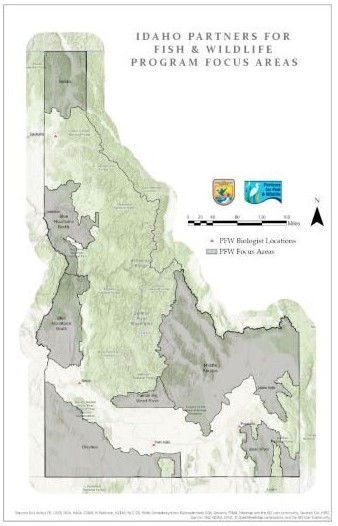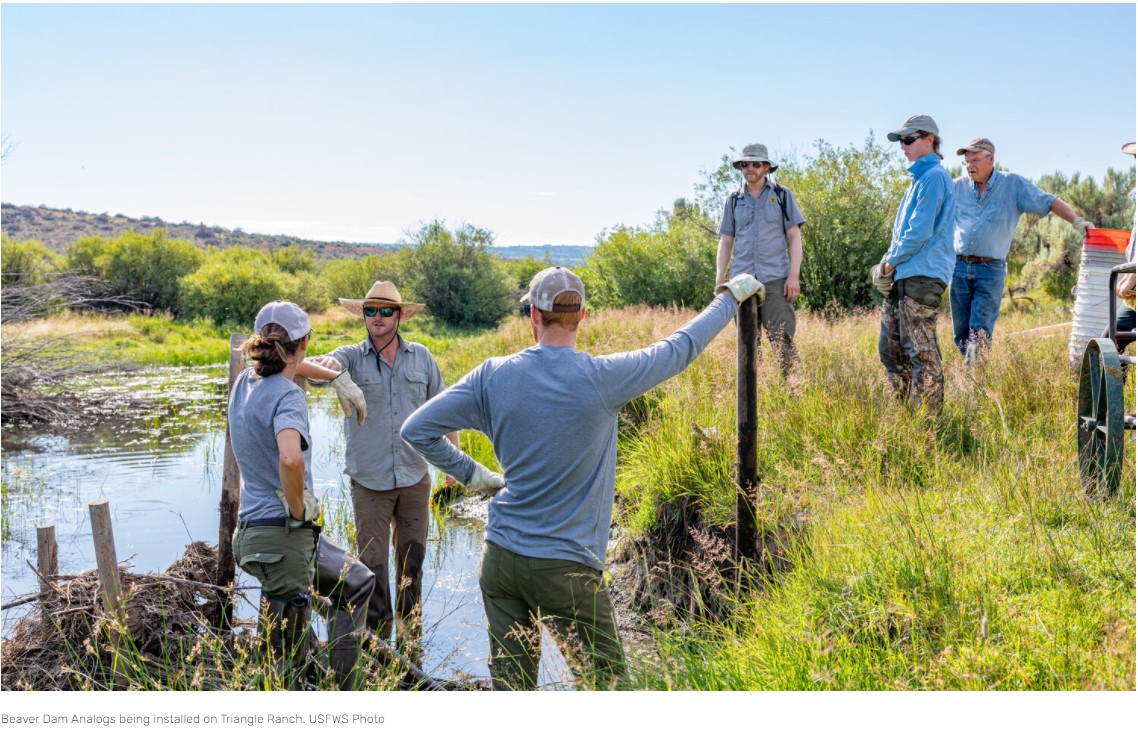Picture this
A cow elk gives birth to a calf in the mountains of Idaho.
The calf spends the next six months in its lush summer range before following a well-worn migratory path to a neighboring valley to spend the winter.
That critical winter habitat includes property owned by a family who manages the land to benefit their ranching operation.
The calf, a bull, returns winter after winter to that same ranch in the valley.
Years later a hunter hears the shrill bugle of a bull elk high on a mountain one September morning. Slowly the hunter inches closer. Finally within shooting range, they shoot, their arrow finding it’s target, the bull providing a year’s worth of meat to the hunter’s family.
The story of the hunter and the bull, one common across Idaho, was made possible thanks to the benefits private land provided to that animal during its lifetime.
Private lands in Idaho
Roughly 31% of the land in Idaho is privately owned. Wildlife, of course, does not adhere to the same property boundaries as humans. Migratory species especially rely on a patchwork of land ownership to survive from year to year, whether that land is someone’s private ranch, farm, or expansive BLM-managed sagebrush steppe.
So shouldn’t habitat conservation efforts be just as diverse?
This is where the US Fish and Wildlife’s Partners for Fish and Wildlife Program (Partners Program) comes into play.
Working alongside willing landowners and within designated priority landscapes, the Partners Program began in 2006 and has become a shining example of the possibilities for habitat conservation on private land.
“These lands have to have three foundational components to ensure they’re viable: looking through economic, ecological and social lenses”, said Jason Pyron, a wildlife biologist with USFWS who oversees Idaho’s Partners for Fish and Wildlife Program.
Landowners tend to focus on the economic lens, while balancing that alongside social and ecological lenses. Idaho’s hunting and fishing community will keep the ecological lens at the forefront. This overlap offers many opportunities to collaborate and provide benefits to all stakeholders.
“We have some highly migratory species in Idaho, and due to the way our landscape is dissected by private lands in valley bottoms, we are at a high risk of losing significant proportions of these populations if we don’t incentivize landowners to keep these lands open. I hope the hunting and fishing community fully appreciates what these landscapes do”, added Pyron.
Where the needs of wildlife and the needs of private landowners collide is where the Partners Program comes into play. READ MORE


